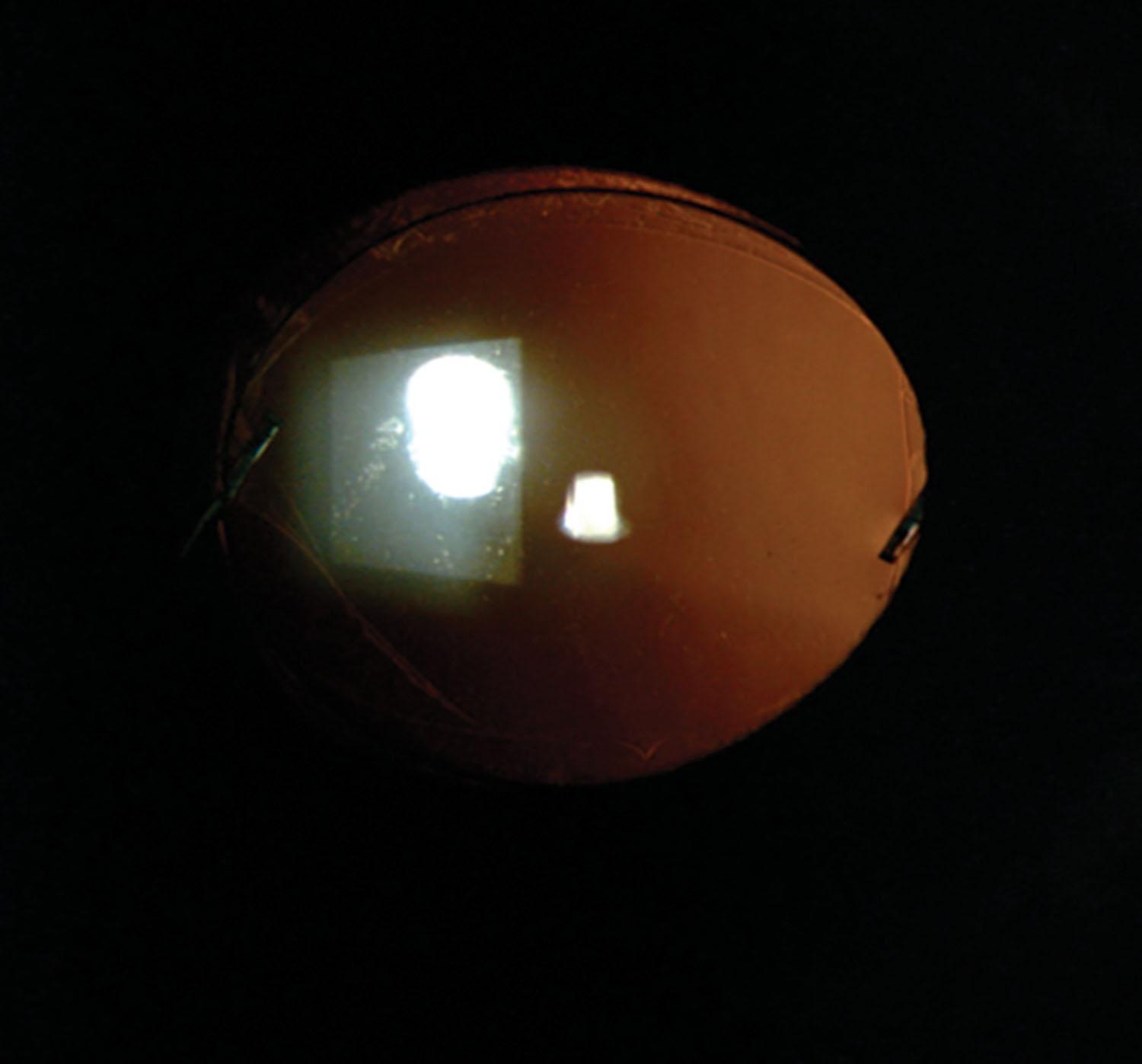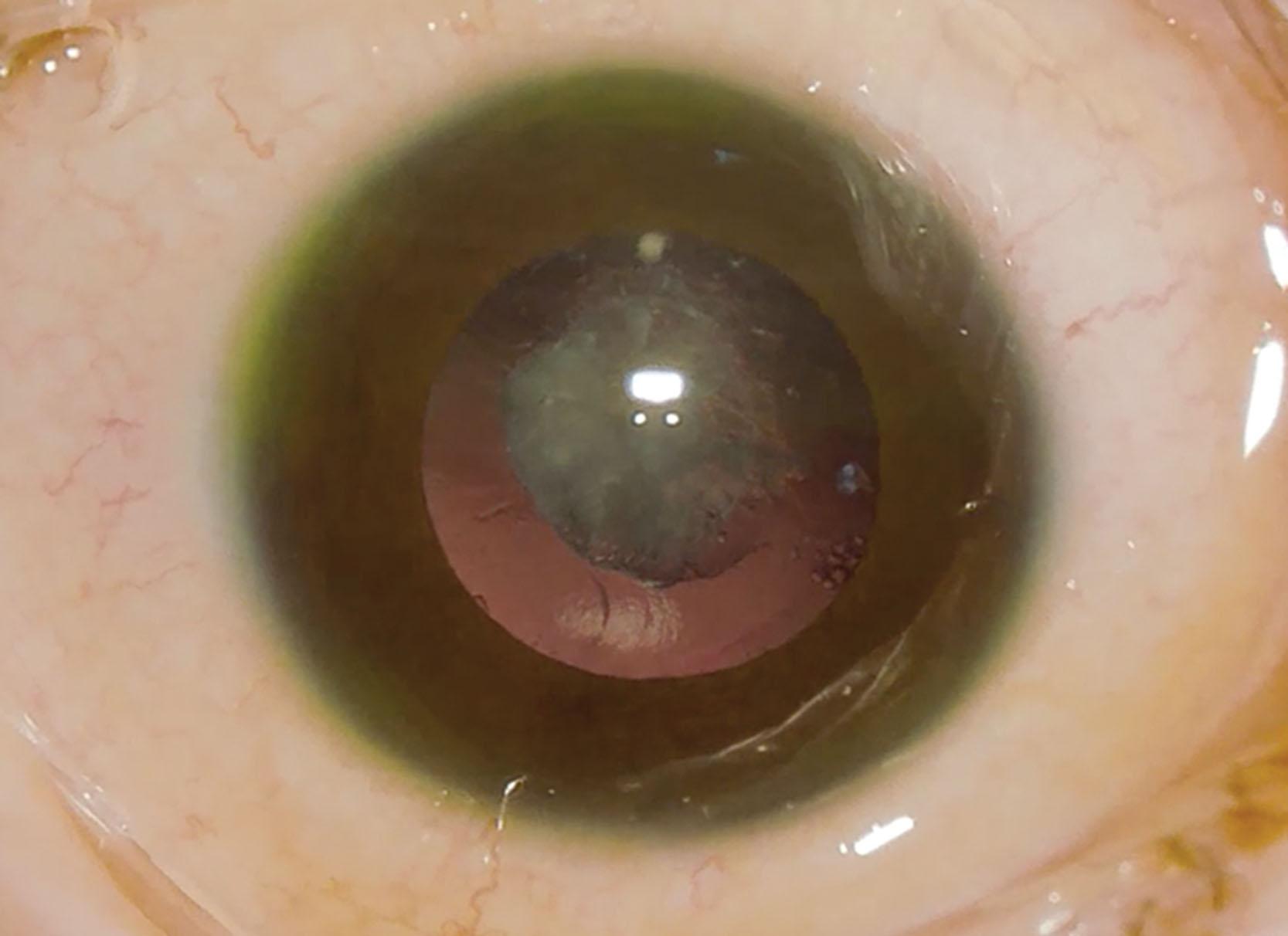Physical Address
304 North Cardinal St.
Dorchester Center, MA 02124
Pediatric cataract is an important cause of treatable blindness in children.
In addition to the cataract, several comorbidities can be present in a child’s eye, and these can impact visual prognosis and require adjustments in the surgical technique and/or postoperative drug regimen.
Careful preoperative assessment is important for surgical planning and follow-up.
Successful outcomes depend on the surgical technique implemented, effective postoperative inflammation modulation, and aggressive amblyopia treatment.
Pediatric cataract is one of the leading causes of reversible blindness in children. Early diagnosis and adequate management are key for visual prognosis. In cases where surgical intervention is necessary, important factors for visual development include the timing of the procedure, presence of comorbidities, surgical technique implemented, use of intraocular lens (IOL) or contact lenses for aphakia correction, adequate postoperative inflammation modulation, and management of amblyopia. In this chapter, several nuances of pediatric cataract surgery are discussed.
Most unilateral and bilateral pediatric cataracts are considered idiopathic.
Specific causes include the following:
Genetic abnormalities
Syndromes that primarily affect other organs
Metabolic disorders
Congenital infections
Other causes (e.g., trauma, prolonged steroid use, ocular diseases such as uveitis)
Children with cataract may also have microphthalmos, which can be classified as simple, complex, or relative anterior microphthalmos, as follows:
Simple microphthalmos: eye with an axial length at least 2 standard deviations below the mean for that age with otherwise normal morphologic appearance.
Complex microphthalmos: eye with same criterion of small axial length as simple microphthalmos, but with other associated anatomic malformations of the anterior and/or posterior segment.
Relative anterior microphthalmos: eye with a normal axial length with a disproportionally small anterior segment.
Furthermore, cataract can be present in the scenario of microcornea (horizontal corneal diameter <10 mm).
Surgery is more challenging in eyes with microphthalmos and microcornea, and the visual prognosis is poorer than in eyes with only pediatric cataract. However, in recent years, advances in surgical techniques have improved the results in these eyes.
In those with complex microphthalmos and extreme simple microphthalmos or microcornea, the decision to proceed with surgery is determined after specifically analyzing the patient’s eye and weighting surgical risk versus potential benefits.
Children with cataract can have associated microspherophakia, which is usually bilateral and characterized by a crystalline lens with a reduced equatorial diameter and an increased anteroposterior diameter.
In cases with mild to moderate zonulopathy and a stable capsular bag, the bag can usually be preserved even with severe zonulopathy. Techniques unique to capsulorrhexis and bag fixation in significant zonular laxity are covered in more detail in Chapter 34 . Once the capsulorhexis has been created and is intact, care is taken throughout the surgery to avoid further zonular damage.
In eyes with more advanced zonulopathy and unstable capsular bag, the insertion of an 8/10 mm endocapsular tension ring (CTR) and the scleral fixation of an endocapsular tension segment (CTS) can provide bag stabilization.
Sometimes the capsular bag is too small to accommodate even the smallest commercially available CTR. In such cases, the ring can be manually constricted before insertion ( ![]() ).
).
Alternatively, a lensectomy and anterior vitrectomy can be performed, with the eye being left aphakic or pseudophakic through scleral fixation of the IOL.
Usage of an iris-claw supported IOL has not been well studied in this young demographic.
When the bag is preserved, depending on its diameter, a 1-piece or 3-piece IOL can be implanted in the bag. In even smaller bags, it may be necessary to partially amputate both haptics of a 3-piece IOL for in-the-bag implantation ( Fig. 40.1 ).

Most cases of congenital aniridia—which is characterized by partial or complete absence of the iris—are autosomal dominant. Sporadic cases may be associated with WAGR syndrome (Wilm’s tumor, aniridia, genitourinary anomalies, and mental retardation). Thus it is important for children with cataract and aniridia to be evaluated by the pediatrician.
Visual prognosis in these patients is relatively poor because of the common association with foveal hypoplasia, optic nerve head hypoplasia, glaucoma, and keratopathy. Because of advances in IOLs and prosthetic iris devices that have opaque peripheries and normal pupillary apertures, cataract surgery can also decrease the intense glare and photophobia. Aniridia fibrosis syndrome is an idiosyncratic profound fibrovascular proliferation that begins in the anterior chamber in roughly 5% of aniridic cataract surgeries and can be sight threatening. There does not appear to be an identified surgical technique or patient factor to predict which eyes suffer this syndrome, and it can occur unilaterally even with bilateral symmetric surgery. Patients’ families should be counseled about this in advance. Indocyanine green dye is preferred over trypan blue in these cases because the anterior capsules are much thinner and more friable than normal capsules.
Most cases of persistent fetal vasculature (PFV) affect only one eye. Based on the location of the vascular abnormalities, PFV is classified as purely anterior, purely posterior, or combined.
Purely anterior PFV may be associated with cataracts, retrolental opacity, elongation of the ciliary processes, and glaucoma.
In combined PFV, besides the association with these abnormalities, the eye can present with microphthalmia, corneal opacification, optic nerve hypoplasia, and retinal proliferative membrane, fold, or detachment. PFV is associated with many cases of unilateral cataracts.
When there is an opacification at the level of the posterior capsule or retrolental space, even if small or mild, there is a significant risk for deprivation amblyopia because of the closeness to the nodal point.
In isolated anterior PFV, a good visual outcome may be obtained with early surgical treatment and aggressive amblyopia therapy. The prognosis in posterior or combined PFV is limited because of concomitant posterior pole abnormalities.
Patients with cataract and PFV have a tendency for more exacerbated postoperative inflammation—which should be taken into consideration to titrate postoperative treatment—and are at higher risk for requiring additional procedures. After surgery, frequent visits to ensure adequate ocular healing are important.
Lenticonus is a condition in which there is a conical configuration of the anterior or posterior lens capsule. Most cases of anterior lenticonus are associated with Alport’s Syndrome; posterior lenticonus is usually sporadic and is an isolated ocular finding. Surgical treatment might be necessary when there is associated lens opacification or significant limitation in visual development caused by the optical aberrations resulting from the conical capsular shape.
The anterior capsule may be more elastic than usual and has a high tendency to easily tear, which should be considered when performing the anterior continuous curvilinear capsulorrhexis (CCC). Also, care must be taken throughout the surgery to avoid unnecessary stress on the posterior capsule because of the possibility of posterior capsular fragility or even coexistent posterior lenticonus. Thus hydrodissection and posterior capsule polishing should be either avoided or used with great caution, and the maneuvers for IOL implantation should be done cautiously.
In posterior lenticonus, spontaneous posterior capsule rupture can occur. In this scenario, the cortex overlying the capsular defect presents with progressive opacification, and white deposits can be found delimitating the capsular opening ( Fig. 40.2 ). In some cases, a white total cataract is seen. Preoperative ultrasound may identify the conical configuration of the posterior capsule or multiple hyperreflective foci in the retrolental space, suggesting a spontaneous posterior capsule rupture.
Intraoperatively, hydrodissection should not be performed. Cataract removal should start with aspiration of the peripheral cortex, followed by the nucleus.
Care must be taken to avoid enlarging a posterior capsule defect that is already present or to avoid causing an uncontrolled opening of an intact posterior capsule caused by inadequate surgical maneuvers.
When there is no posterior capsule defect, posterior capsulorrhexis and anterior vitrectomy are performed to remove the opacification that extends to the anterior vitreous in many of these eyes, besides decreasing the risk for secondary visual axis opacification.
When there is a small central posterior capsule defect, it is usually possible to successfully implant an IOL in the bag. However, it is imperative to avoid unnecessary capsule stress during the IOL implantation.
Ideally, a primary posterior capsulorrhexis will result in a maximal structural integrity. In cases with large posterior capsule openings, a 3-piece IOL can be placed in the sulcus with posterior optic capture ( Fig. 40.3 ).


Become a Clinical Tree membership for Full access and enjoy Unlimited articles
If you are a member. Log in here